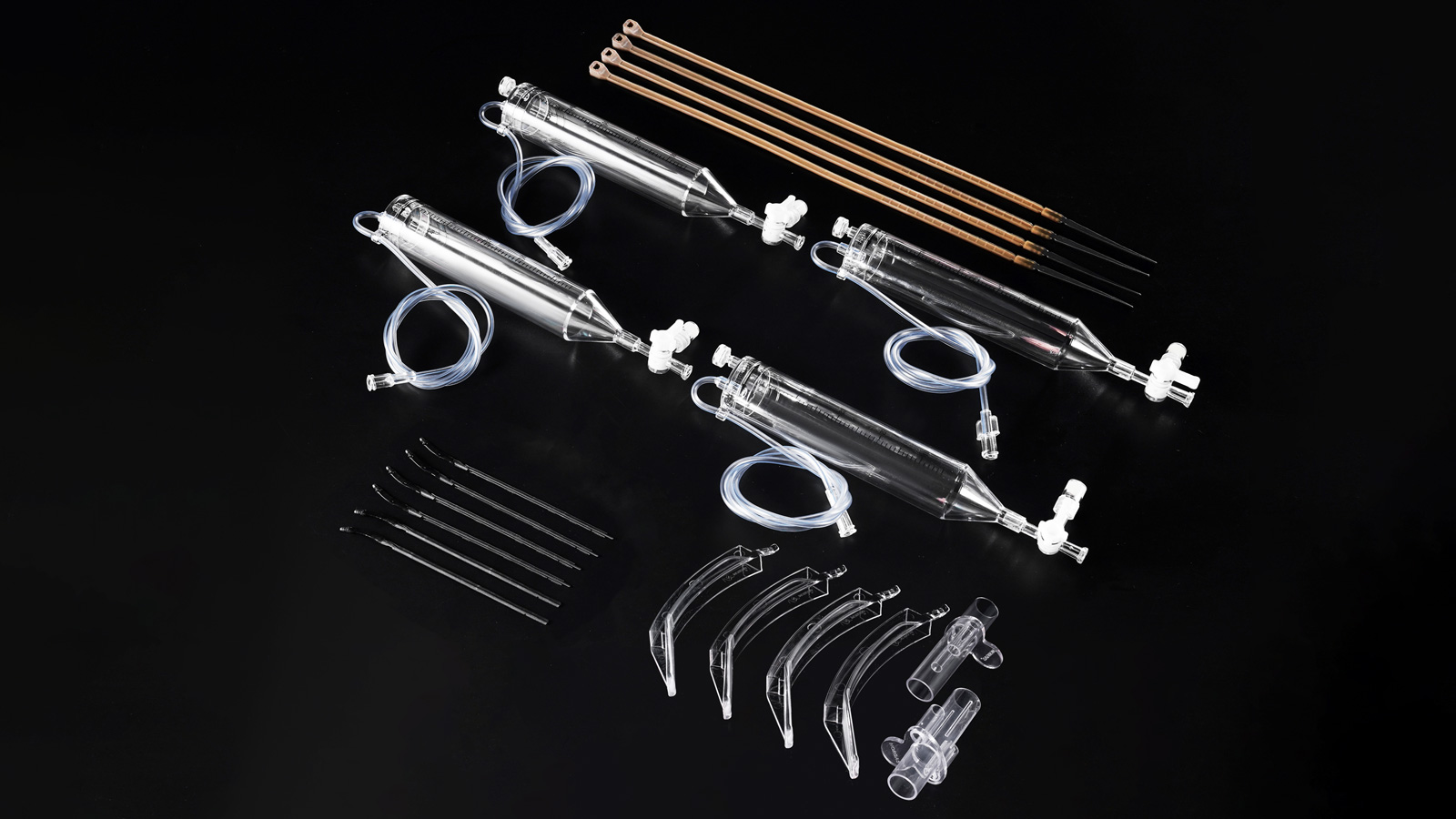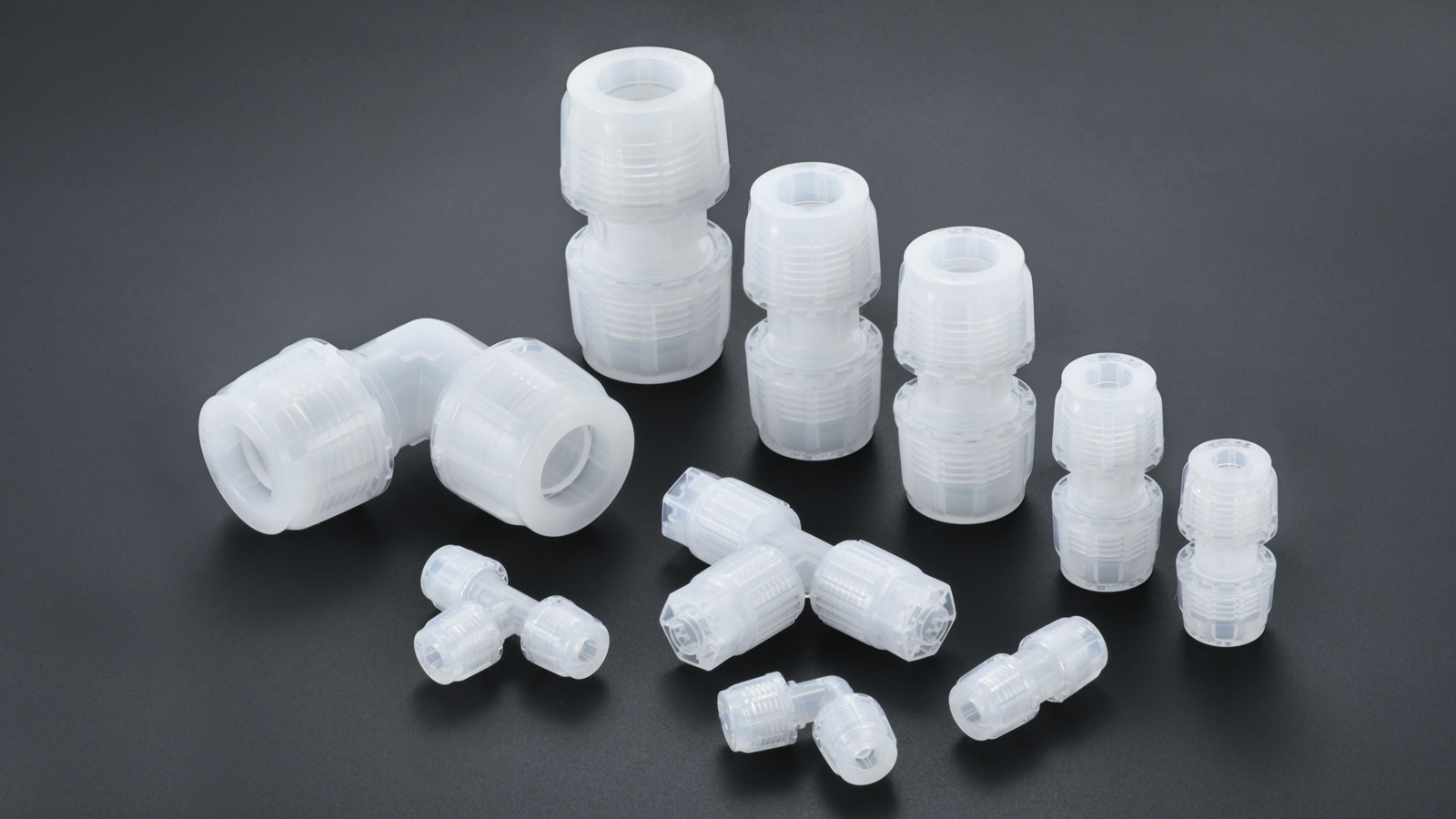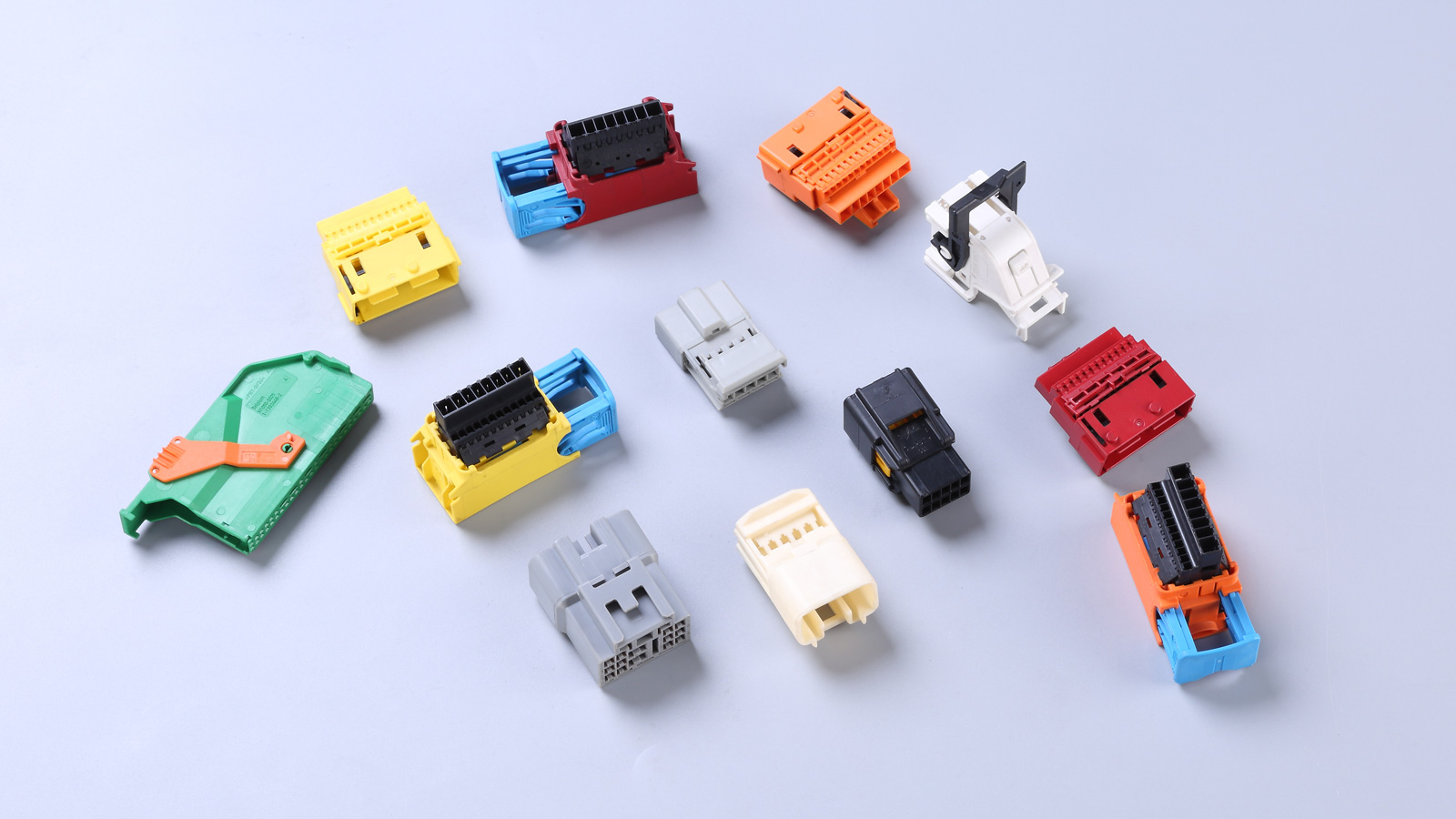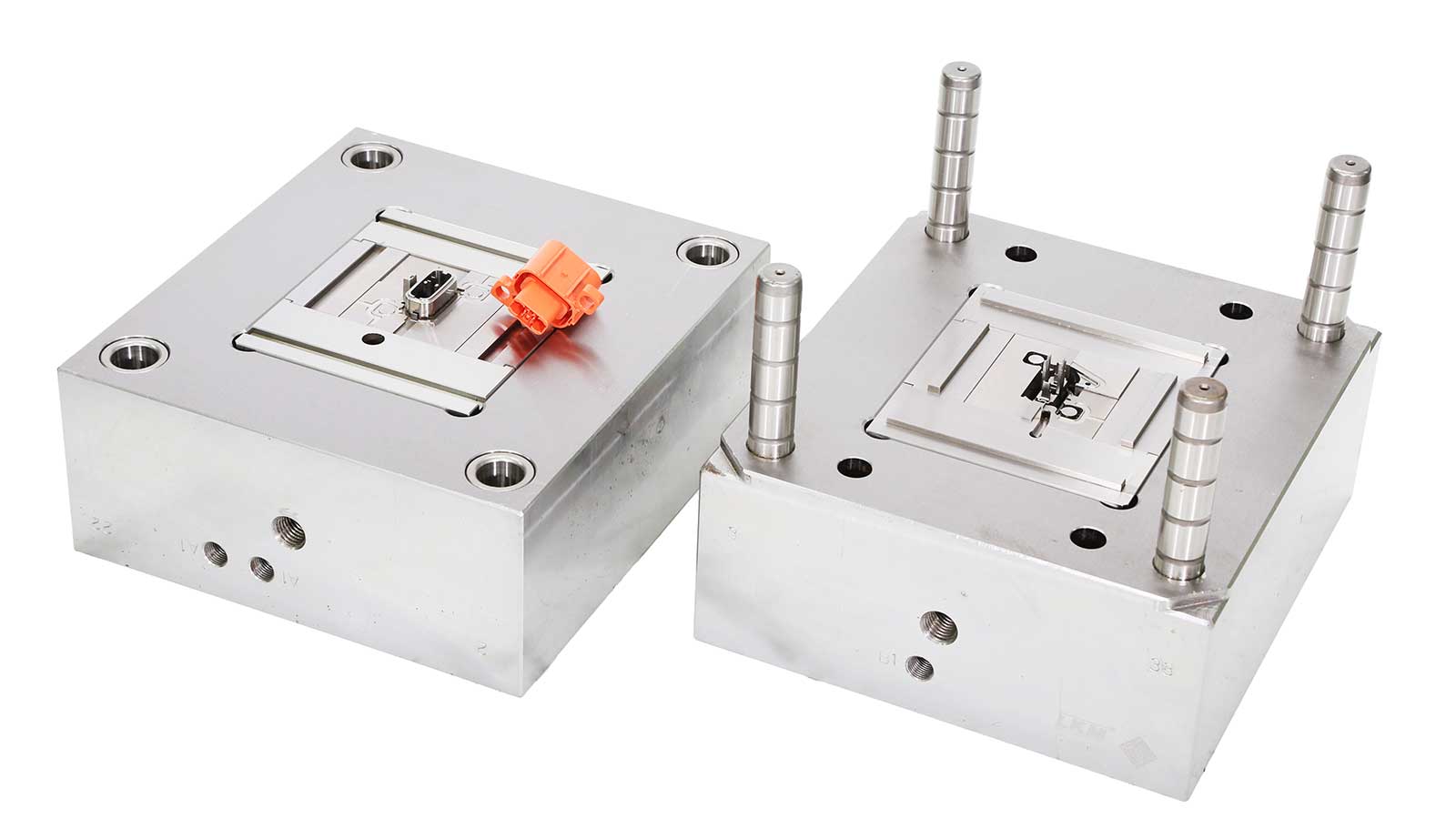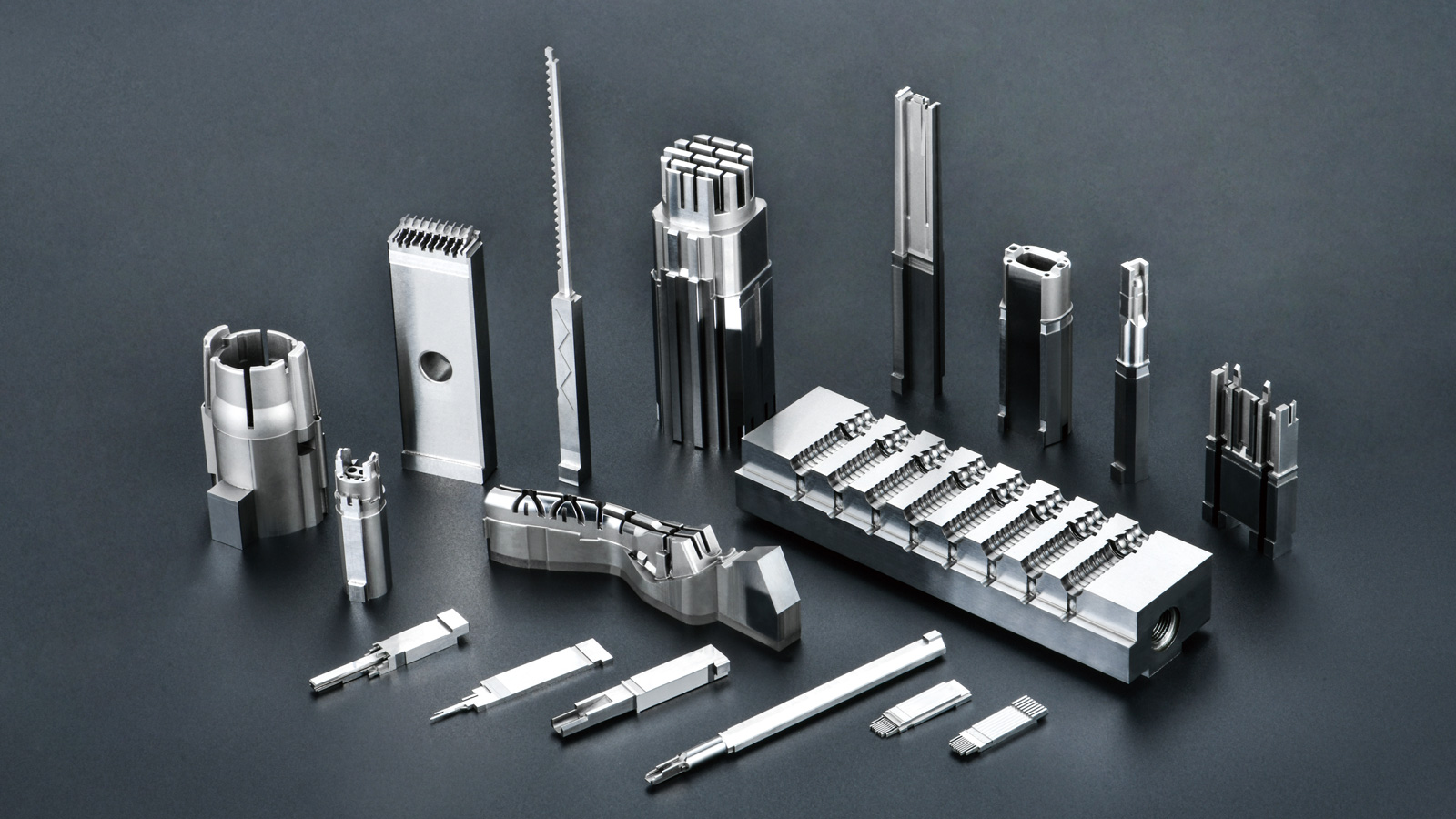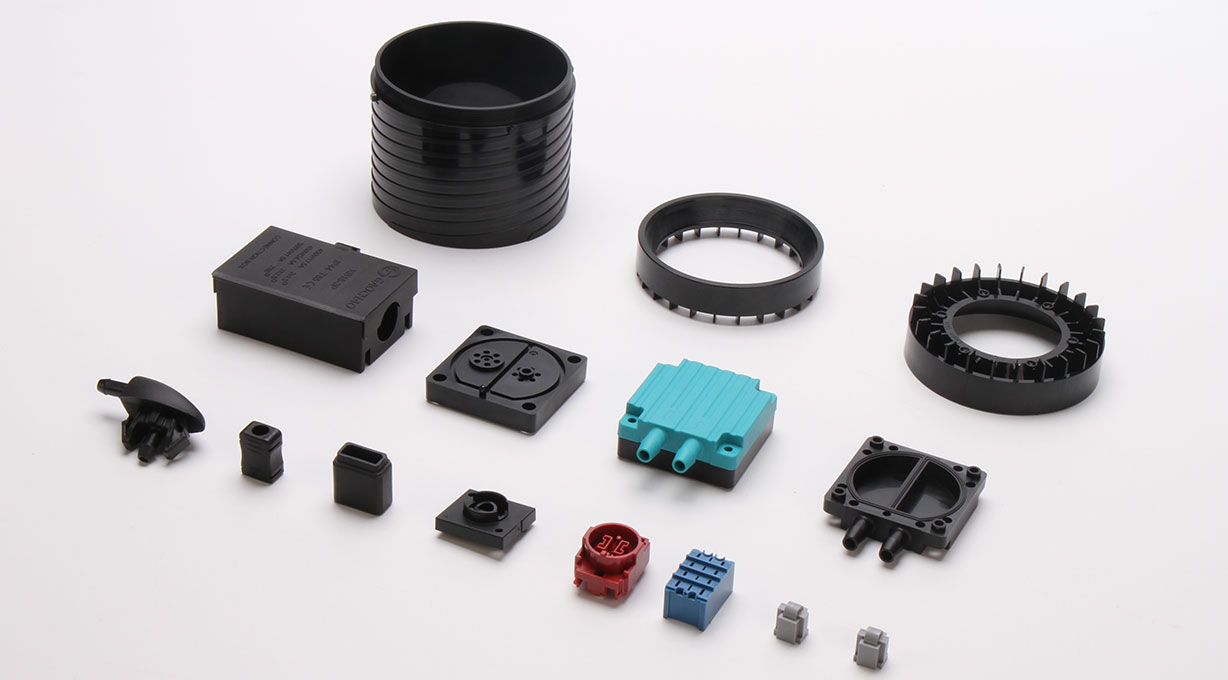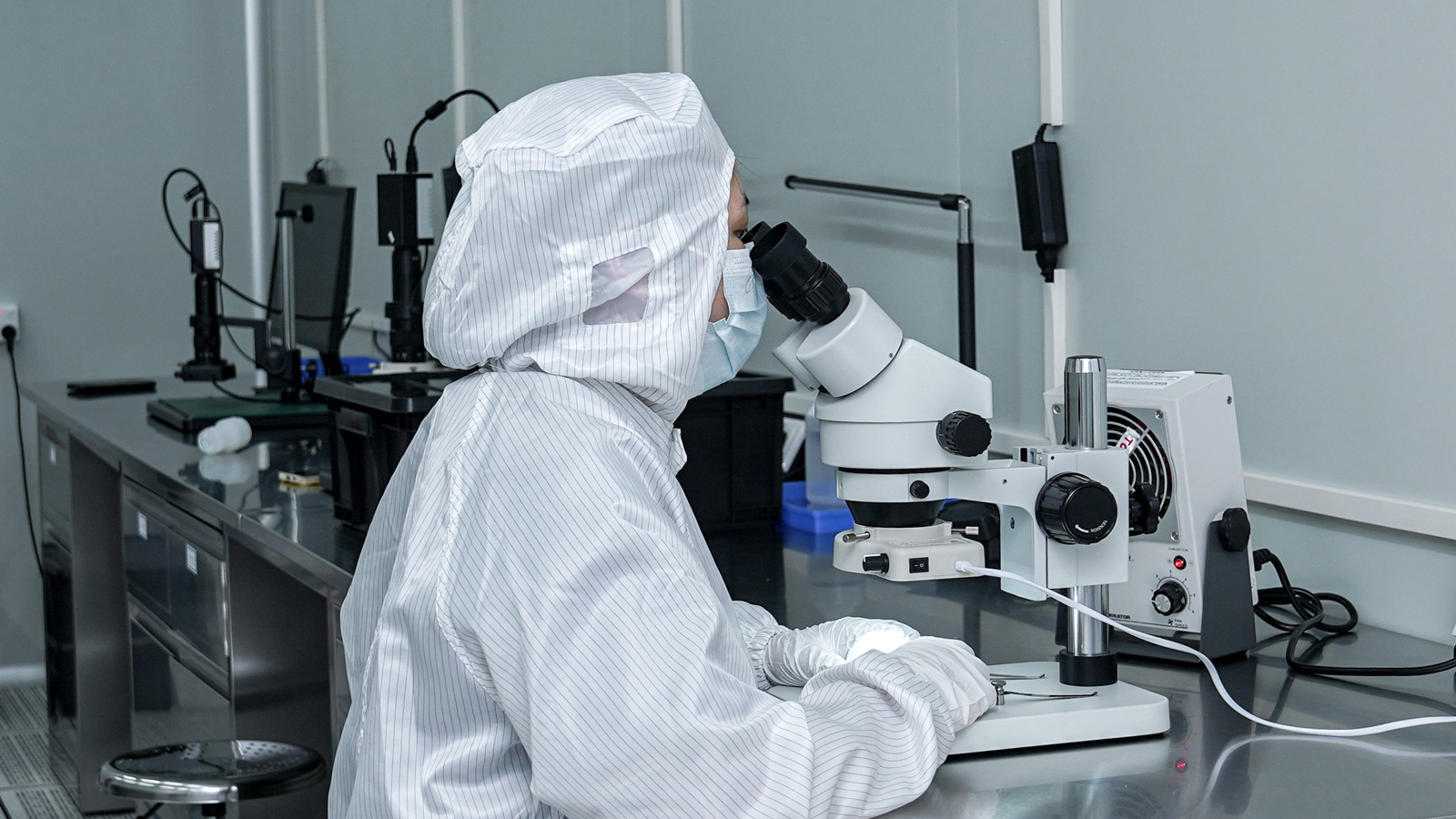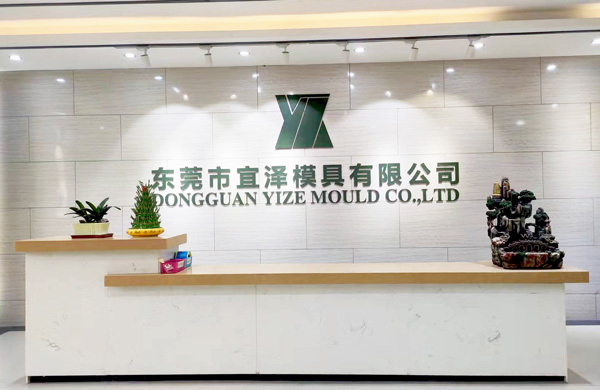Polyetheretherketone (PEEK), as a high-performance thermoplastic, has been widely used in the mold manufacturing field due to its excellent mechanical properties, heat resistance, and chemical stability. However, the assembly process of PEEK molds requires extremely high standards, and any oversight in details may lead to decreased mold performance or shortened service life. This article will seriously illustrate the key considerations for PEEK mold assembly from multiple aspects, such as mold design, assembly process, and material handling.
I. Considerations During Mold Design Stage
- Material Selection:
- Ensure that the selected PEEK material meets the usage requirements of the mold, including heat resistance, wear resistance, corrosion resistance, etc.
- Consider the compatibility of PEEK with other materials to avoid chemical reactions or physical damage during the assembly process.
- Structural Design:
- The mold structure should be reasonable to avoid stress concentration areas, reducing the risk of cracking of PEEK materials when stressed.
- Design reasonable assembly clearances to ensure the assembly accuracy and stability between PEEK components and other metal components.
- Thermal Expansion Coefficient Consideration:
- PEEK has a high thermal expansion coefficient, which must be fully considered during design. Appropriate thermal expansion space should be reserved to avoid mold failure due to thermal expansion and contraction after assembly.
II. Considerations in the Assembly Process
- Cleaning and Pretreatment:
- Thoroughly clean all components before assembly to remove oil, dust, and other impurities, ensuring the cleanliness of the assembly surface.
- Preheat the PEEK components to a suitable assembly temperature to reduce assembly stress.
- Assembly Sequence and Method:
- Follow the assembly principle of inside out and difficult first, ensuring the orderly progress of the assembly process.
- Use specialized assembly tools to avoid scratches or deformation of PEEK components.
- For parts requiring tight fits, adopt appropriate heating or cooling methods to adjust the component sizes for precise assembly.
- Assembly Force Control:
- Strictly control the magnitude and direction of the assembly force during the assembly process to avoid component damage or assembly looseness caused by excessive or insufficient assembly force.
- To ensure assembly reliability, locking agents or preload torques should be used for fixation in easily loosened areas such as threaded connections
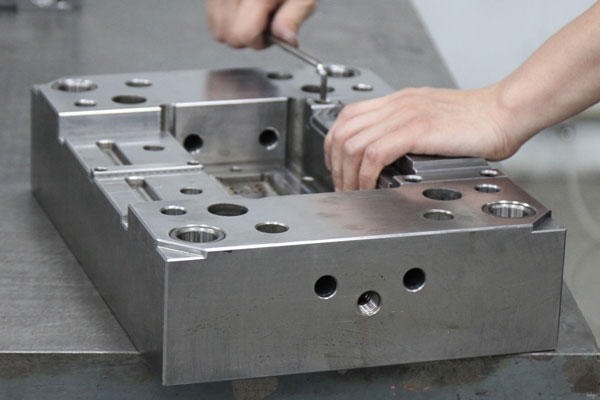
PEEK Mold Assembly .
III. Material Handling and Maintenance Considerations
- Avoid Mechanical Damage:
- Protect PEEK components from impact, compression, and other mechanical damages during handling, storage, and assembly.
- Use appropriate lifting tools and methods to ensure safe handling of components.
- Temperature Control:
- Control the mold’s working temperature strictly during assembly and use to avoid exceeding PEEK’s heat resistance limit.
- Adopt effective cooling measures to ensure a stable temperature distribution in the mold during operation.
- Regular Inspection and Maintenance:
- Regularly inspect PEEK molds for dimensional accuracy, surface quality, assembly clearances, etc.
- Promptly repair or replace identified issues to ensure the long-term stable operation of the mold.
IV. Conclusion
The assembly of PEEK molds is a complex and precise process that requires full consideration of material properties, structural design, assembly processes, and more. Only by strictly controlling and finely operating each link can the high performance and service life of PEEK molds be ensured. Therefore, mold manufacturers and assembly personnel should attach great importance to the assembly process of PEEK molds, follow scientific and standardized assembly procedures and operational requirements, and lay a solid foundation for producing high-quality, high-reliability mold products.
